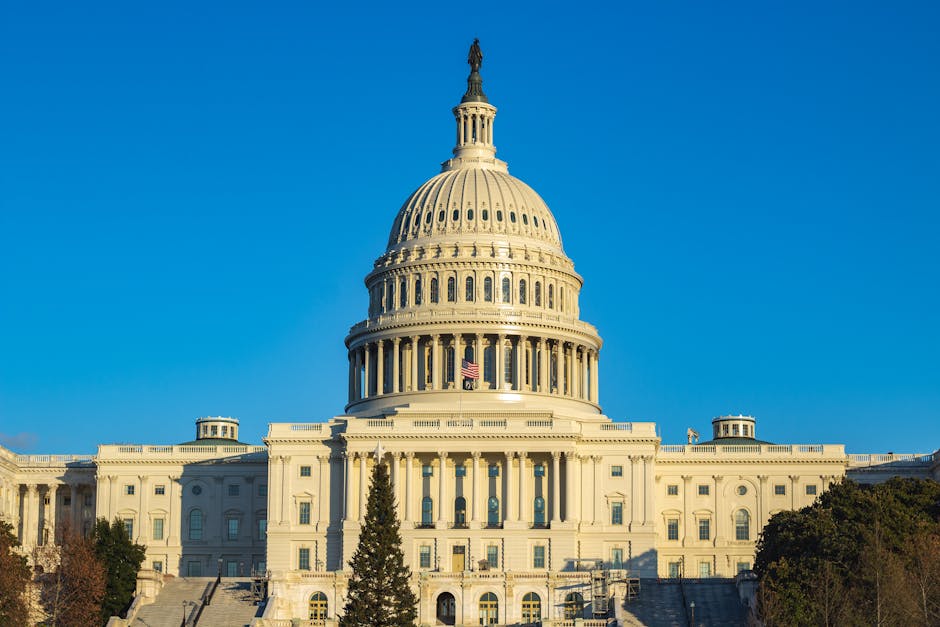 The U.S. Senate is making progress on a bill aimed at regulating stablecoins, a type of cryptocurrency designed to maintain a stable value, typically pegged to a traditional asset like the U.S. dollar. This legislation is considered crucial by many lawmakers and financial experts to clarify the regulatory landscape surrounding these digital assets.
The U.S. Senate is making progress on a bill aimed at regulating stablecoins, a type of cryptocurrency designed to maintain a stable value, typically pegged to a traditional asset like the U.S. dollar. This legislation is considered crucial by many lawmakers and financial experts to clarify the regulatory landscape surrounding these digital assets.
The bill’s primary objective is to establish a clear framework for stablecoin issuers. This involves defining specific requirements for how these companies manage their reserves and ensuring their financial stability to protect consumers and the broader financial system.
A central tenet of the legislation focuses on the backing of stablecoins. The bill likely mandates that issuers hold reserves that are sufficient and liquid enough to redeem outstanding stablecoins at their stated value, preventing a “run” on the digital currency.
The legislation is also anticipated to grant specific regulatory oversight to a federal agency, potentially the Treasury Department or the Federal Reserve. This agency would be empowered to monitor stablecoin issuers and enforce compliance with the new regulations.
Provisions within the bill are likely to address the risks associated with stablecoins, including potential threats to financial stability, money laundering, and terrorism financing. These measures are seen as crucial in fostering trust and preventing illicit activities.
The debate surrounding stablecoins has intensified in recent years with the rapid growth of the cryptocurrency market. Concerns have been raised about the potential for these assets to disrupt the existing financial system if left unregulated.
Several senators, representing both parties, have been actively involved in drafting and negotiating the details of the bill. The bipartisan support suggests a recognition of the need for regulatory certainty in this evolving area.
The bill’s advancement through the Senate represents a significant step toward potentially enacting federal stablecoin legislation. Its eventual passage and implementation could have significant implications for the cryptocurrency industry and the broader financial landscape.
However, the legislative process is not yet complete. Further votes, amendments, and negotiations are expected as the bill moves forward. The House of Representatives will also need to consider and pass similar legislation before any new laws can be enacted.
The timeline for the bill’s final passage remains uncertain. Observers are closely watching developments to understand the specific regulatory requirements that stablecoin issuers will eventually face and the overall impact on the digital asset market.







